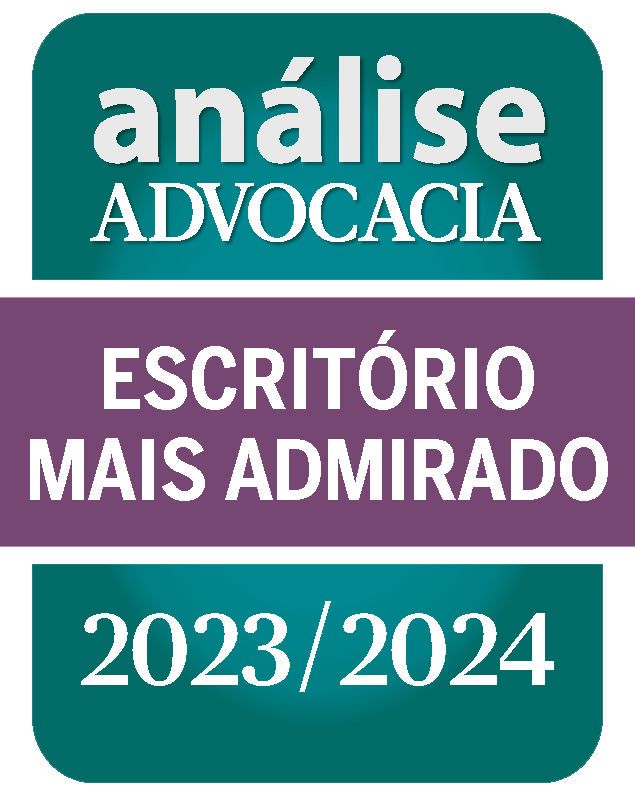3/31/2022
The Law No. 14.300 was published on January 6, 2022 and established the legal framework for micro and mini distributed generation under the Electric Energy Compensation System (“EECS”).
Until the edition of such Law, the EECS (internationally known as net metering), which allows electric energy consumers to compensate the energy consumed in their consumer units by the energy injected by plants owned by them on the bills issued by distribution concessionaires, was regulated by ANEEL through the Normative Resolution No. 482/2012 and amendments, which does not have legal status and, therefore, created legal uncertainty for investors, consumers and stakeholders involved.
With the advent of Law 14.300/22, ANEEL will have a term of 180 days as of its publication to amend the Resolution 482/12. As provided for in the Regulatory Agenda 2022/2023, the draft of the new regulation must be examined in the 2nd semester of 2022.
Below we indicate some of the changes brought to the distributed generation market by Law 14.300/22:
- Changing the installed power limits of mini distributed generation: mini distributed generations with dispatchable sources must have installed power greater than 75 kW or less than or equal to 5 MW and mini distributed generations with non-dispatchable sources must have installed power greater than 75 kW or less or equal to 3 MW, with the division of the generating plant into smaller units remains prohibited so that it can be classified as micro or mini distributed generation.
- Community Net Metering: In addition to the consortium and cooperatives already provided for in Resolution 482/12, there may also be union of consumers through the voluntary civil condominium and the building condominium, as well as through any other form of civil association composed of individuals or legal entities, as long as it is instituted specifically for shared energy generation and all consumer units are served by the same distributor.
- Completion Bond: Those interested in implementing mini distributed generation projects must present a completion bond, valid for up to 30 days after connection to the distribution system, in the following amounts: (i) 2.5% of the investment for plants with installed power greater than 500 kW and less than 1.000 kW or (ii) 5% of the investment for plants with installed power greater than or equal to 1.000 kW. This obligation will not apply to micro or mini distributed generation plants that are part of the shared generation modality through the formation of a consortium or cooperative and that are classified into the modality of multiple consumer units. Also, under penalty of cancellation of the respective grid access permit, projects with installed power greater than 500 kW that have a valid grid access permit on the date of publication of Law 14.300/22 must present completion bond or enter into a contract with the distributor within a period of up to 90 days from the date of publication.
- Opting Group B: Law 14.300/22 expressly allows that consumer units of Group A with local generation, whose total rated power is equal to or less than 1.5 of the limits allowed for connection of Group B consumers, opt for billing identical to the low voltage connected units.
- Acquired right and transition period: Law 14.300/22 establishes a transition period to charge tariffs for the use of micro and mini energy distribution systems. Until December 31, 2045, the rules currently in force in Resolution 482/12 will remain applicable to all consumer units existing until the date of publication of Law 14.300/22 or to consumer units that file a request for access within 12 months from the date of said publication date. Thus, for billing of these consumer units, the tariffs will only apply to the positive difference between the amount consumed and the sum of the electric energy generated and injected into the distribution network in that month. After 12 months as of the publication of Law 14.300/22, the following cases will cause the aforementioned transition period to no longer apply to the consumer: (i) termination of the contractual relationship with the distributor, except in the case of change of ownership; (ii) proof of the occurrence of an irregularity in the measurement system attributable to the consumer; or (iii) in the increase portion of the installed power of the micro or mini distributed generation, whose increase request protocol occurs after the mentioned 12 months. Furthermore, there will be a transition period of 7 to 9 years for the payment of distribution charges by consumers who file an access request after the 12-month period from the publication of Law 14.300/22. Thus, the aforementioned law determines that certain percentages of the tariff components will gradually affect the compensated active energy. Finally, for consumers who file access requests between the 13th and 18th month after the publication of Law 14.300/22, the new tariff rules will be valid from 2031.
- Tariff regime: after the transition period mentioned above, the units participating in the EECS will be billed based on the incidence, on the active electric energy consumed from the distribution network and on the use or on demand, of all tariff components not associated with the cost of energy, and all benefits to the electrical system provided by micro or mini distributed generation plants must be deducted.
We are available to provide any further clarifications.
Coauthors: Maria Beatriz Grella Vieira, Luana Ferraz and Manuela Genovese


